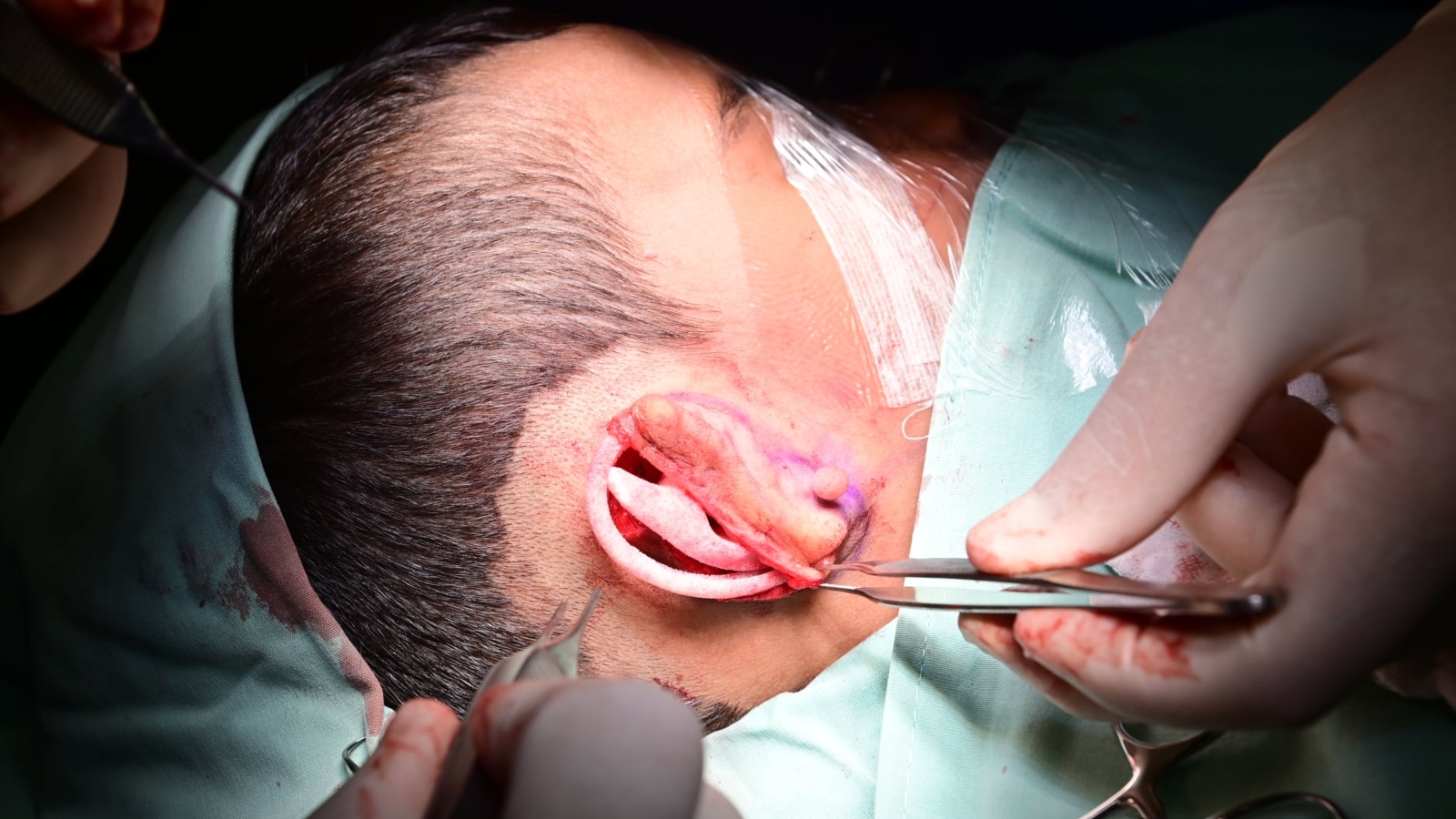
By Brian Blum
Israeli doctors 3D-printed an ear and attached it to a 6-year-old boy born with microtia, a deformity that stops the development of a baby’s ear in the womb, usually during the first trimester of pregnancy.
Using a 3D printer, staff from the plastic surgery department at Galilee Medical Center in Nahariya created a synthetic prosthesis resembling cartilage and then covered it with skin.
Reconstructing an ear using cartilage and prosthetics is not unusual, but 3D printing that cartilage was a breakthrough. The entire procedure took three hours, and the boy was released from the hospital several days later.
Microtia rates vary depending on ethnic background. In 90 percent of cases, it affects only one ear, usually the right ear, and is more common in males, according to Stanford’s Children’s Health.

Unfortunately, the ear is not functional because microtia, a congenital deformity, causes blockage of the ear canal, a complication that’s not fixable through surgery. Still, the synthetic prosthesis “reduces pain and complications that could be caused in the area from which the cartilage is extracted,” Dr. Amin Abu-Jabal, who led the surgical team, told Ynet. It offers “maximal accuracy and aesthetic in the highest level.”
While microtia affects babies before they are born, corrective surgery cannot be performed until a child is 6 years old, at which point the ear reaches about 85 percent of its full size.

Microtia is not hereditary and, in most cases, affects only one ear. Approximately one in 6,000 to 8,000 babies are born with the condition and the cause is unknown. They may have only a small ear or no ear at all.
Researchers at the Technion-Israel Institute of Technology and Sheba Medical Center previously developed a way to 3D print the “scaffolding” required for ear reconstruction. This development was not connected to the reconstruction in Nahariya.
The use of 3D printing is growing in the medical, aerospace and automotive fields. This includes industrial applications such as exotic machine components for rocketry, cars and semiconductor capital equipment, as well as in healthcare for patient-specific medical devices and tools that elevate the patient experience, according to Dr. Jeffrey Graves, President-CEO, 3D Systems.
“As we enter 2022, I believe we’ll continue to see additive manufacturing (AM) play a critical role in transforming manufacturing workflows and supply chains.” Graves told 3D Printing Industry.
Graves said these “new materials have the opportunity to play a key role in the field of regenerative medicine, enabling the use of AM to address key laboratory research applications for drug discovery, as well as to create arteries, veins and eventually human organs.”
Produced in association with ISRAEL21c.
Recommended from our partners
The post Boy’s Deformity Is Corrected With 3D-Printed Ear appeared first on Zenger News.




